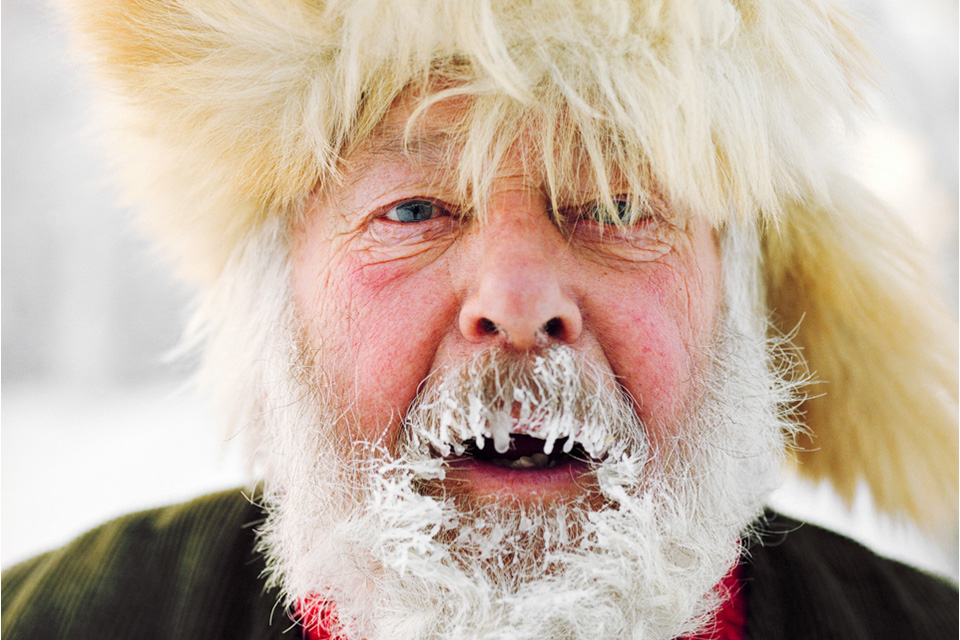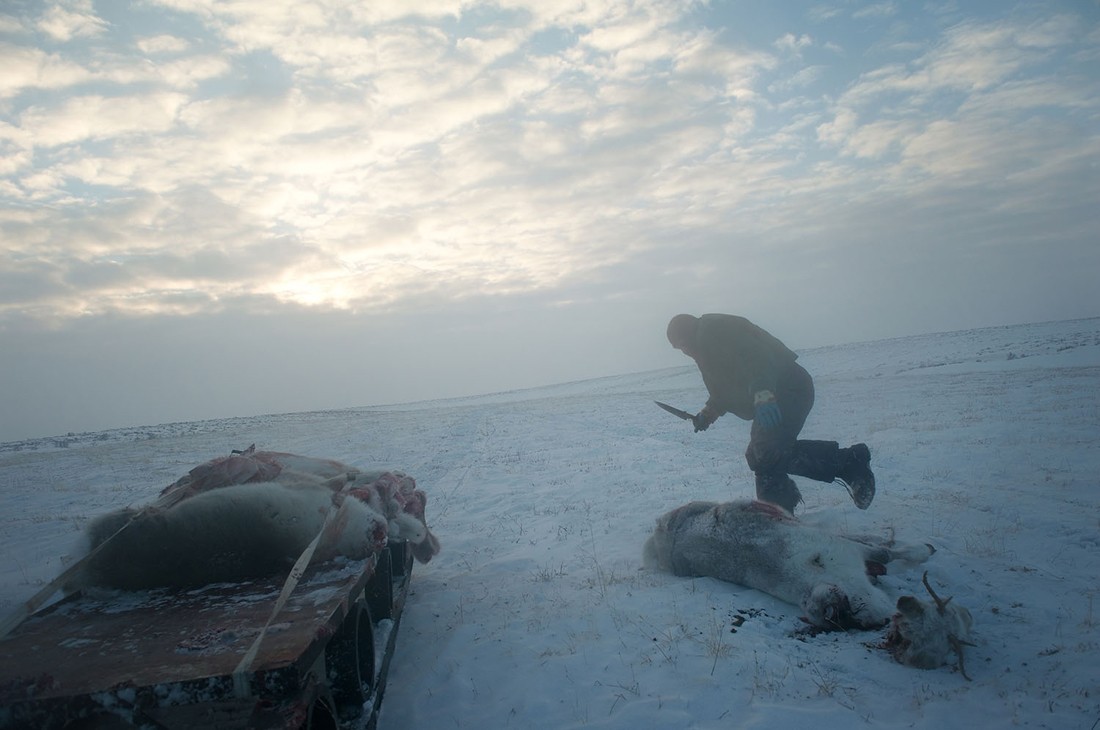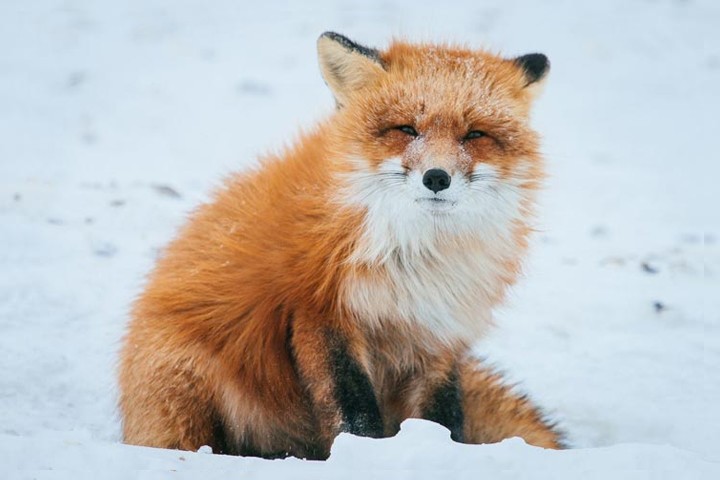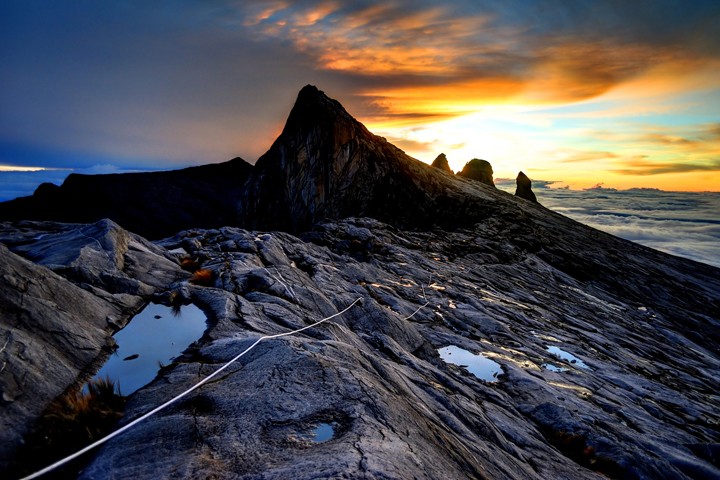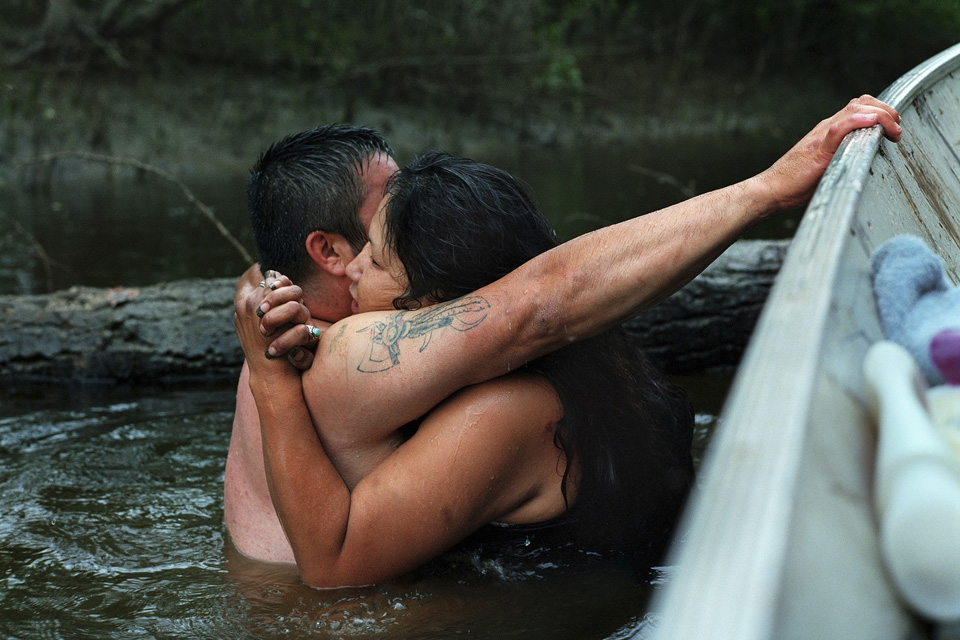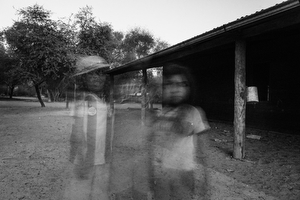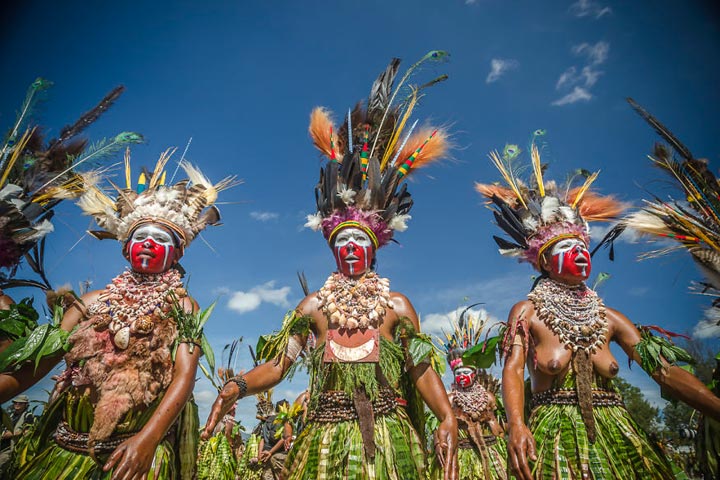
Dances with Wolves: The Lives of Greenlandic Eskimos in a Project by Andrea Gjestvang
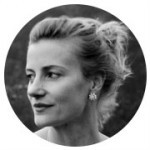
Norwegian photographer, lives in Oslo. One of a dozen independent photographers in Norway, supported by the Norwegian Journal of Photography. Winner of the Iris d’Or prize from Sony World Photography in 2013. Her work has been on exhibition in galleries and at festivals around the world: at the Ullens Center for Contemporary Art in Beijing, the Galeria Open Mind in Milan, the New York Photo Festival and at the Lumix Festival in Hanover. She has worked with the American journal Newsweek, the German journals SternMagazine and Suddeutsche Zeitung Magazin, the French newspaper Le Monde, the Italian newspaper De La Republica and other publications.
In 2008, I won a grant for the creation of a project that I called “Disappearing Ice Age.” I knew about the rapidly changing climate on the island from the Danish media, so it was important for me to get to Greenland as soon as possible. The modernization period of any society could be considered the most interesting subject matter for documentary purposes, but the trouble is that now, these societies untouched by time, can be counted on one hand.
All of my knowledge about Greenland was about icebergs and endless permafrost. I was beckoned by spectacular views and brave men who each day entered into an unfair battle with nature and wildlife. I wanted to witness the process of transition from one phase of society into another that would be nearly impossible to catch with the advance of industrialization, which by some miracle hasn’t yet touched the lives of Greenlandic eskimos.
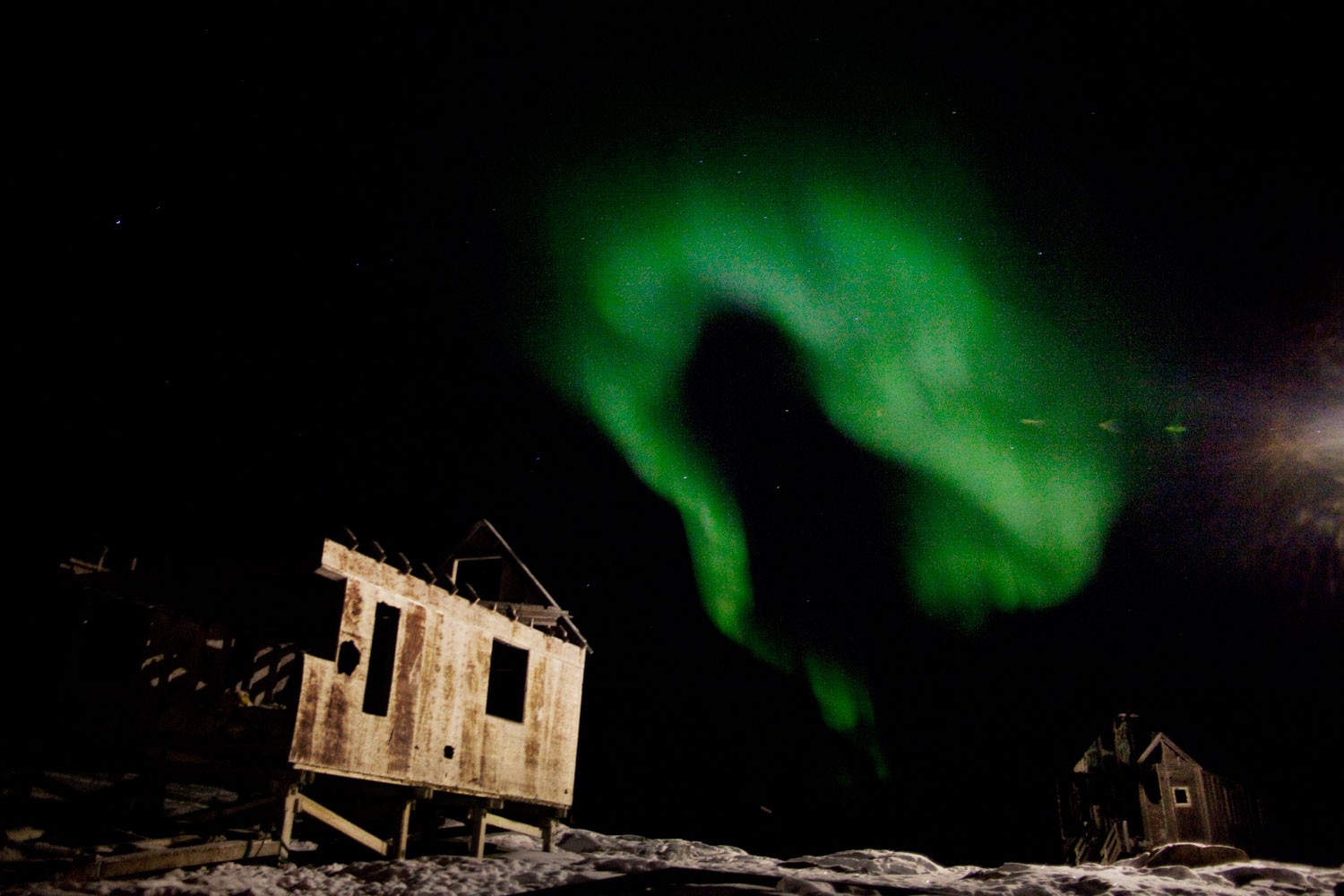
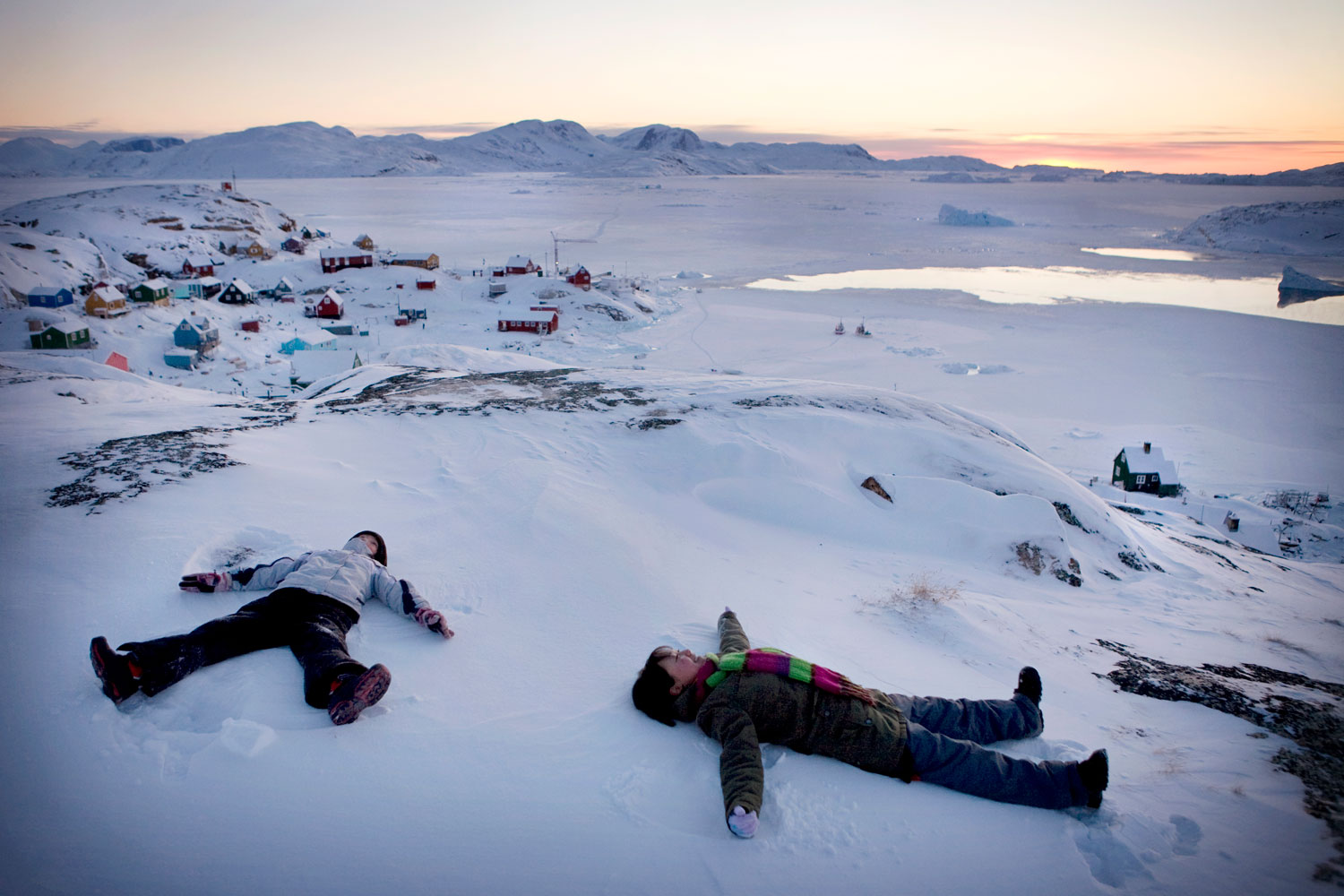
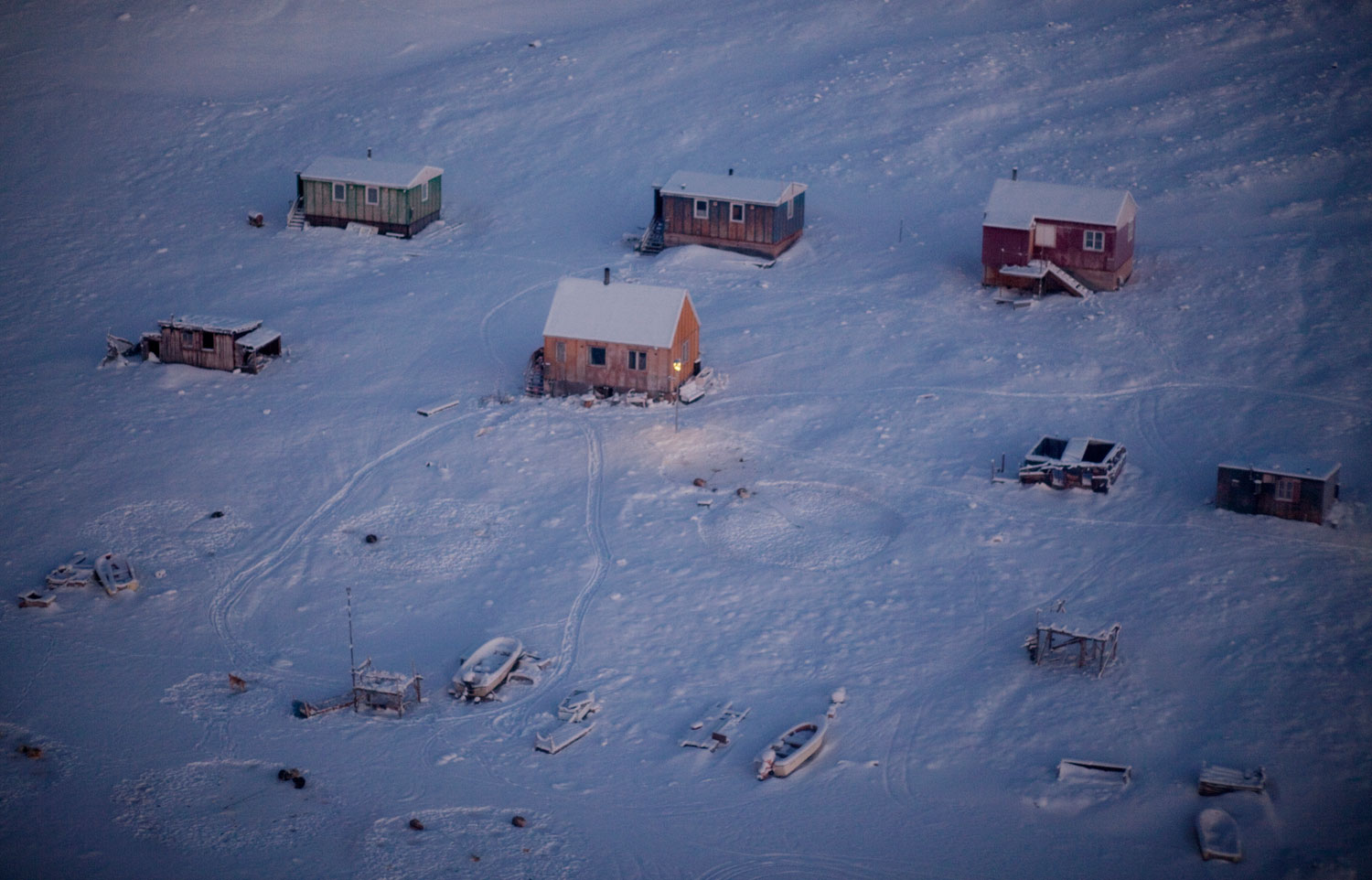
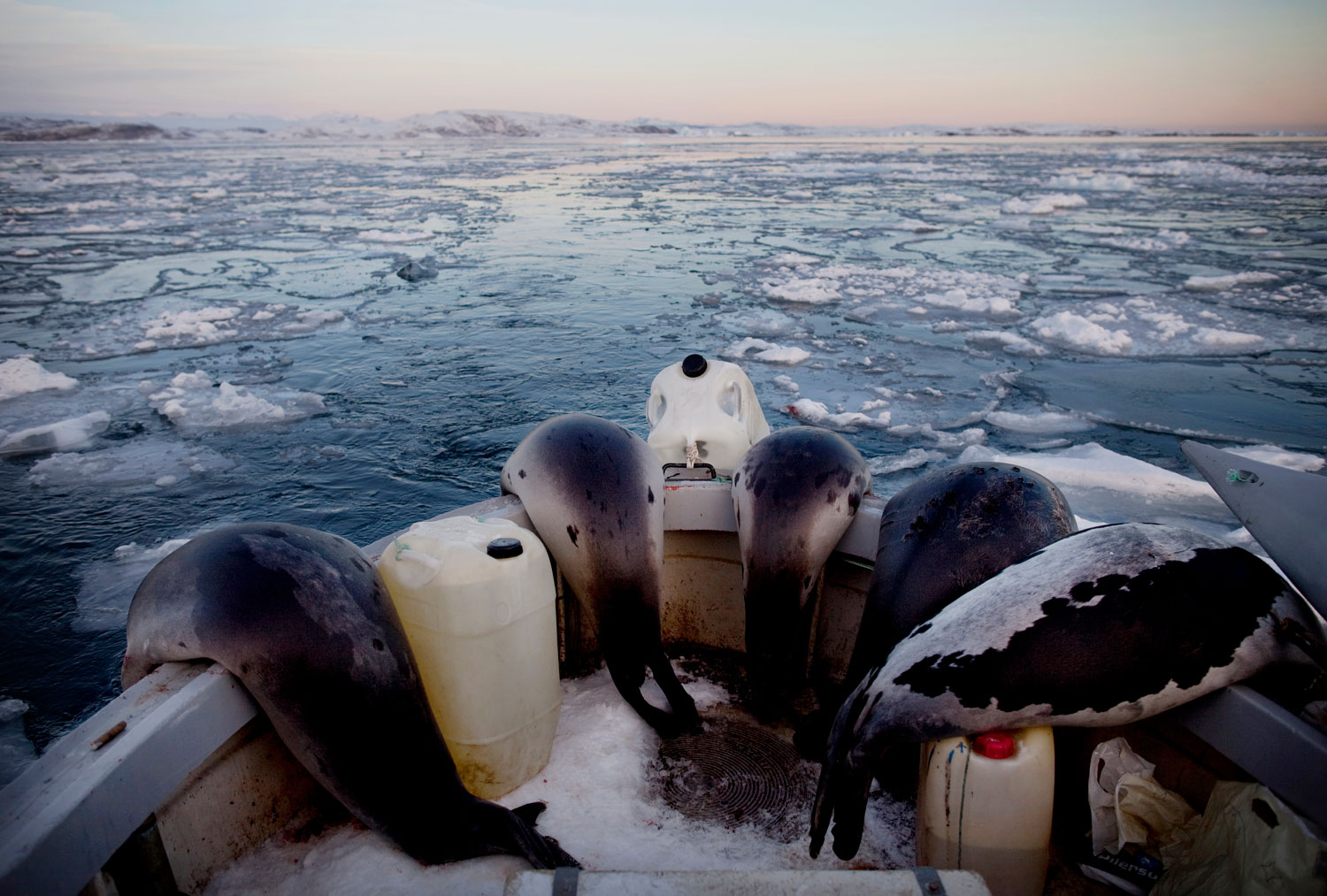
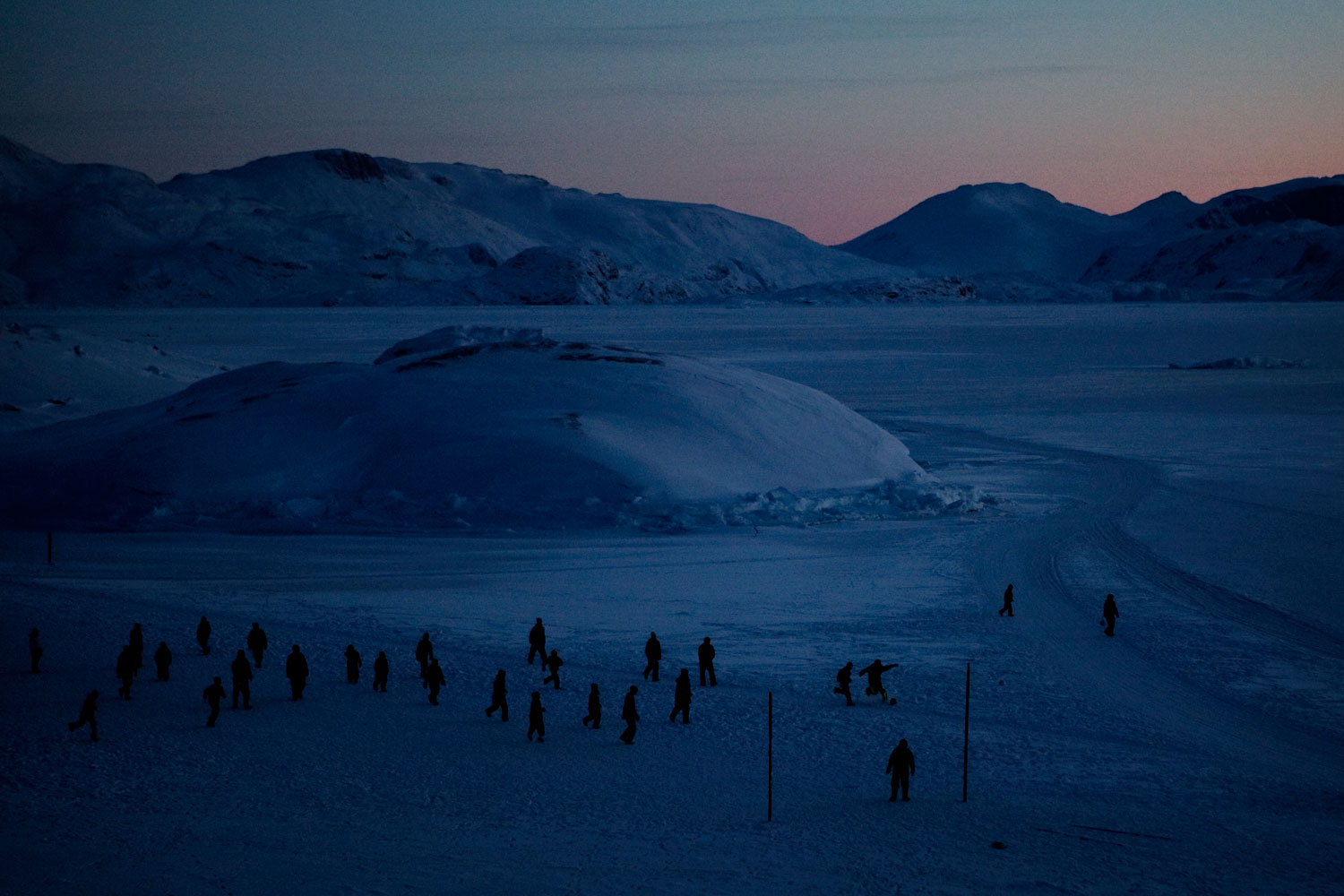
A locality in which 57,600 people live on 15 percent of the land, while the rest of the island is covered with ice, was well worth my attention. There is something archaic about Greenland that reminds you of Earth in its prehistoric phases of development. I had to live in Inuit communities in order to become a part of the island and see the culture from within.
The first thing that caught my attention was the vulnerability of these people. They really, literally fight with nature.
It would seem that society-at-large should come to the aid of northern communities, but in actuality these people are left alone with their issues.
“Ice Age” changed me to the core. I had to overcome extreme cold, loneliness and cultural and language differences. But it was all worth it because, after all, the world got a chance to see a different kind of life.

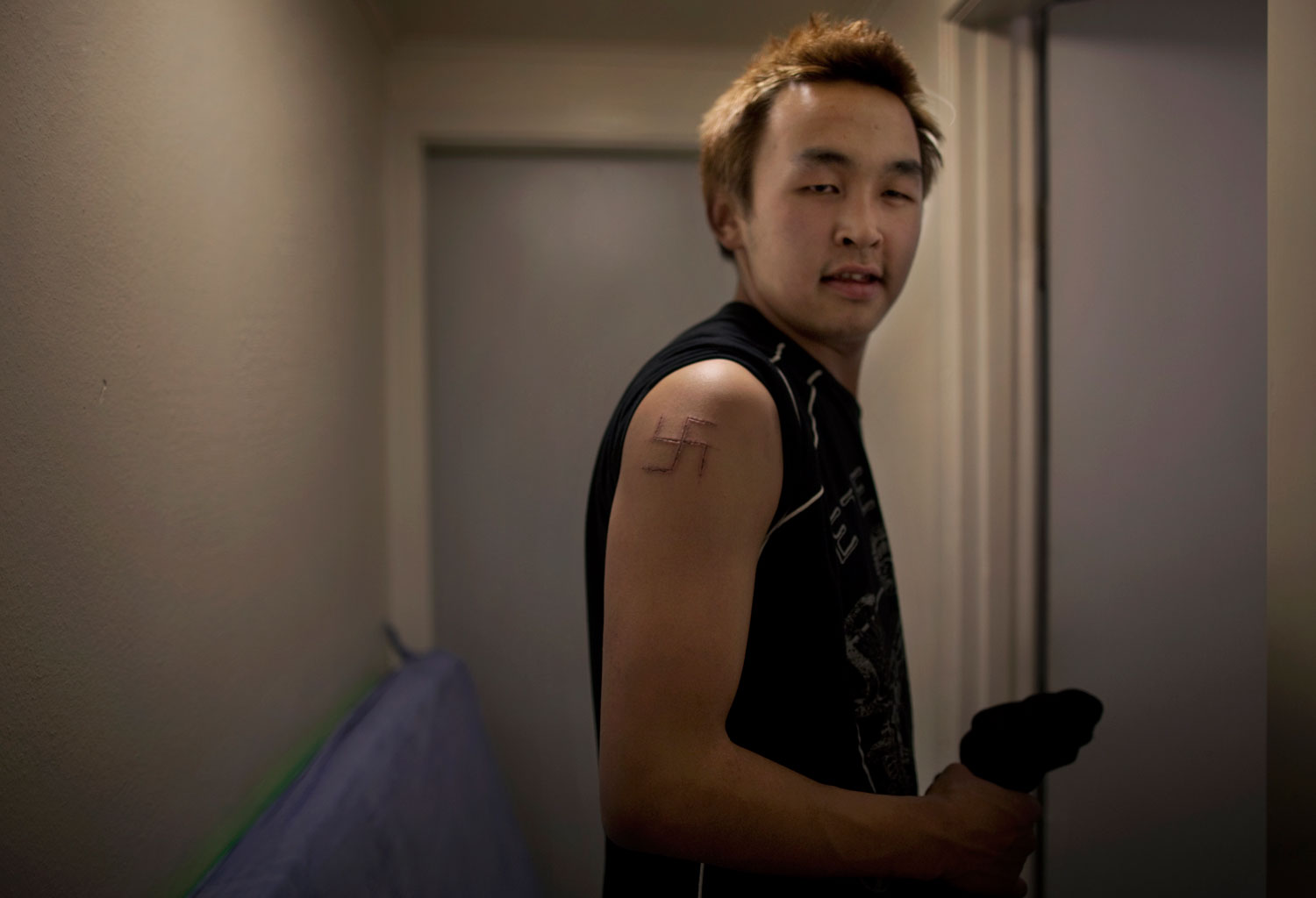
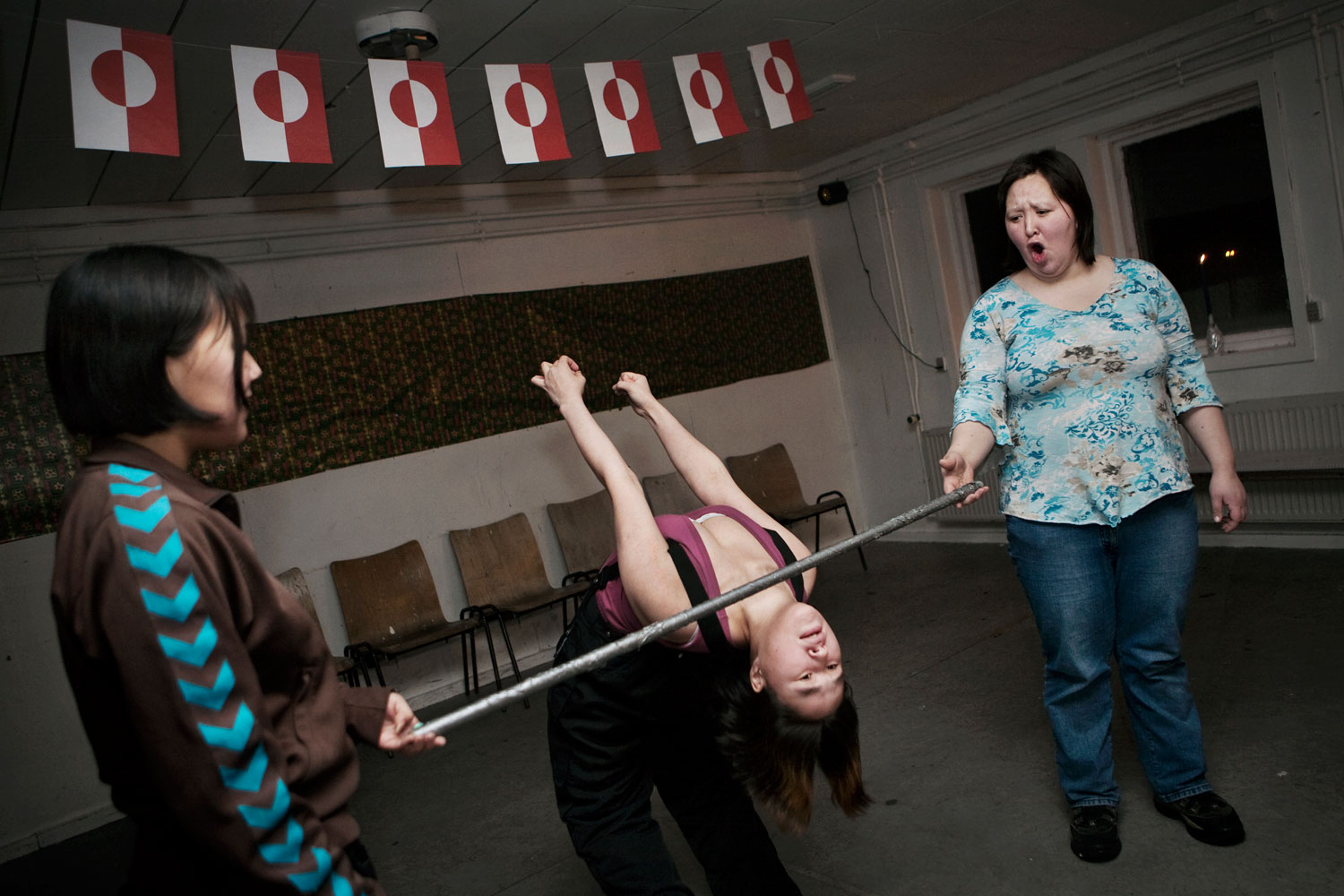
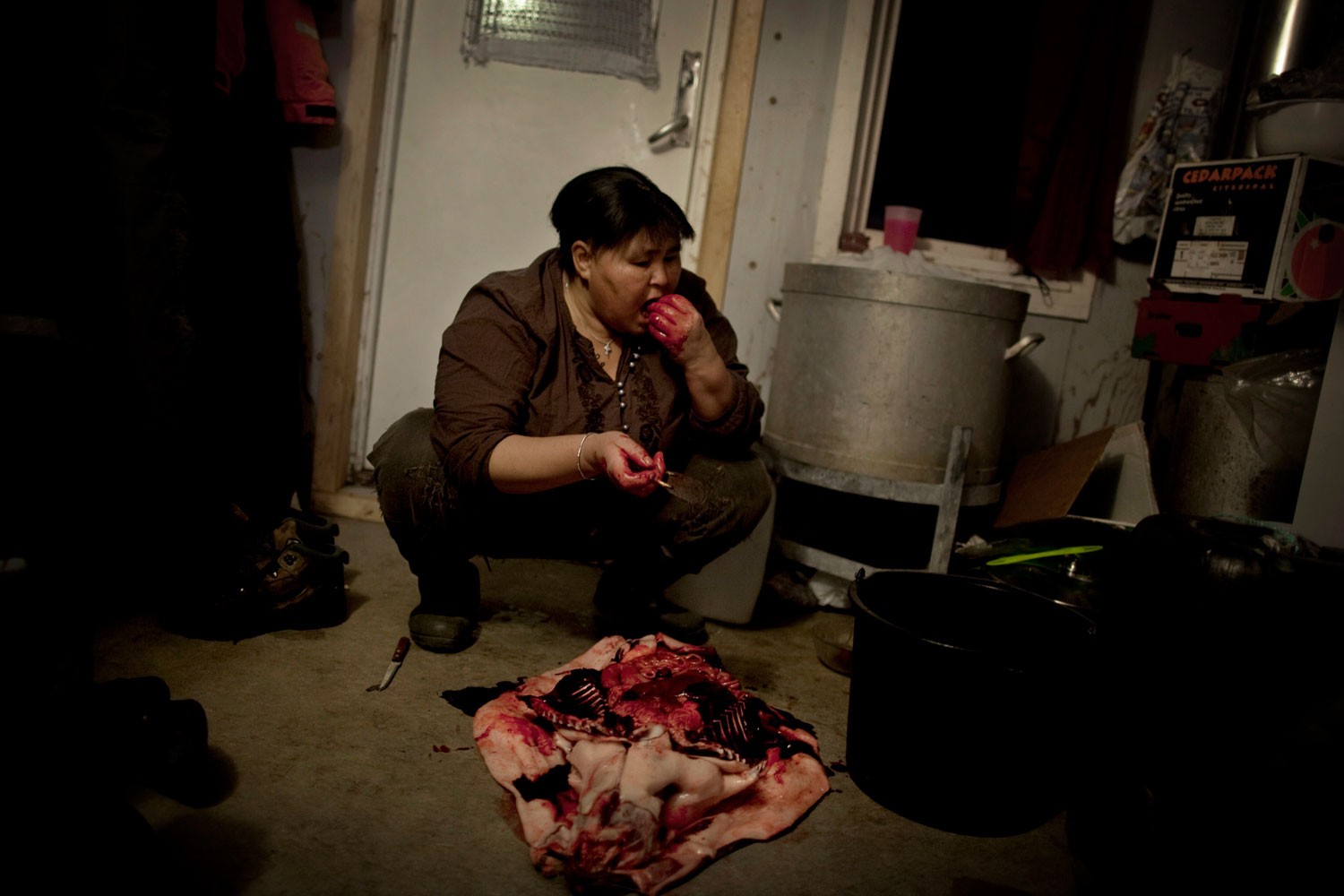
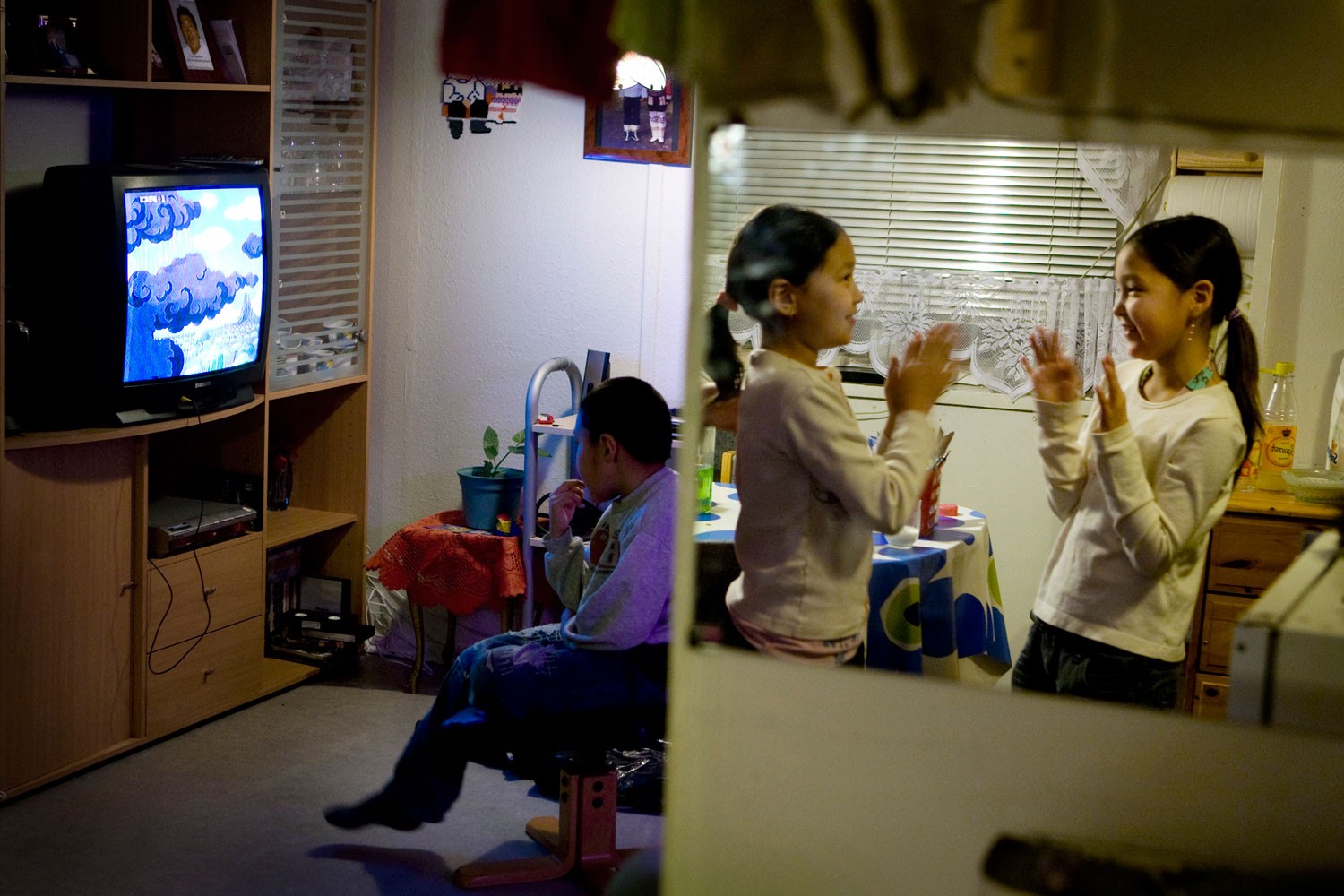
An important photo is the one where a boy is looking through a window at a helicopter flying away. This is Siorapaluk, the northernmost village in the world, where only several dozen people live. You can get there only by helicopter or by sled dogs, and far from all people can afford it. For me, this photo became a symbol of isolation and true yearning, the only point where a meeting between this boy and the rest of the world can take place. Flaubert said that in the provinces, the window is a substitute for the theatre, but for this boy, all of life is seen through this window.

Once, a local hunter agreed to take me from Qaanaaq to Isertoq on dog sled. It took us nine hours to get there and I had to get out of the sleigh and run behind the dogs from time to time in order to avoid hypothermia. When our trip came to an end, the hunter asked me if I could catch a scent of civilization. I couldn’t feel my legs, arms or face because of the cold, but in that moment I knew I felt life all around me.
New and best
